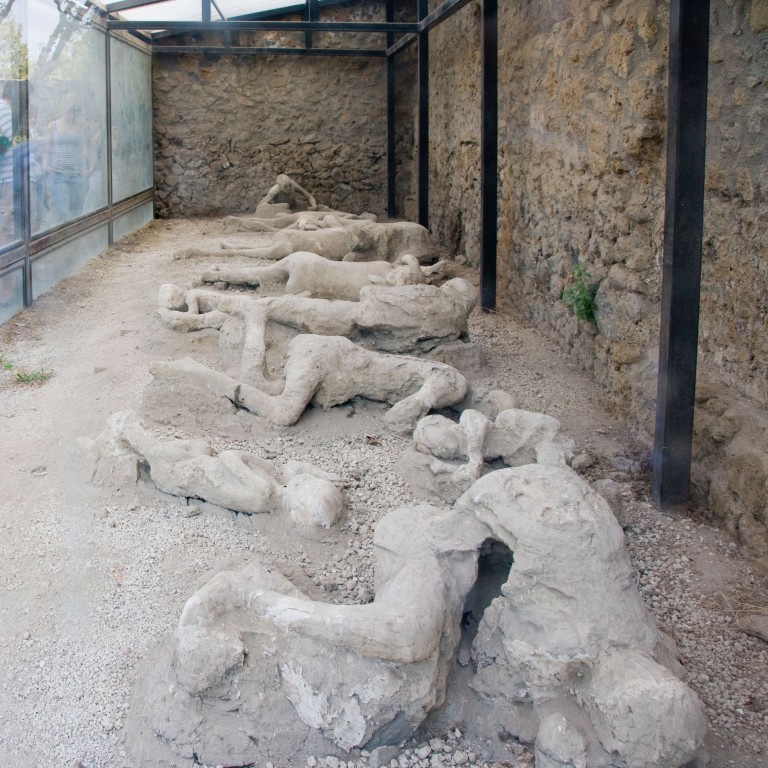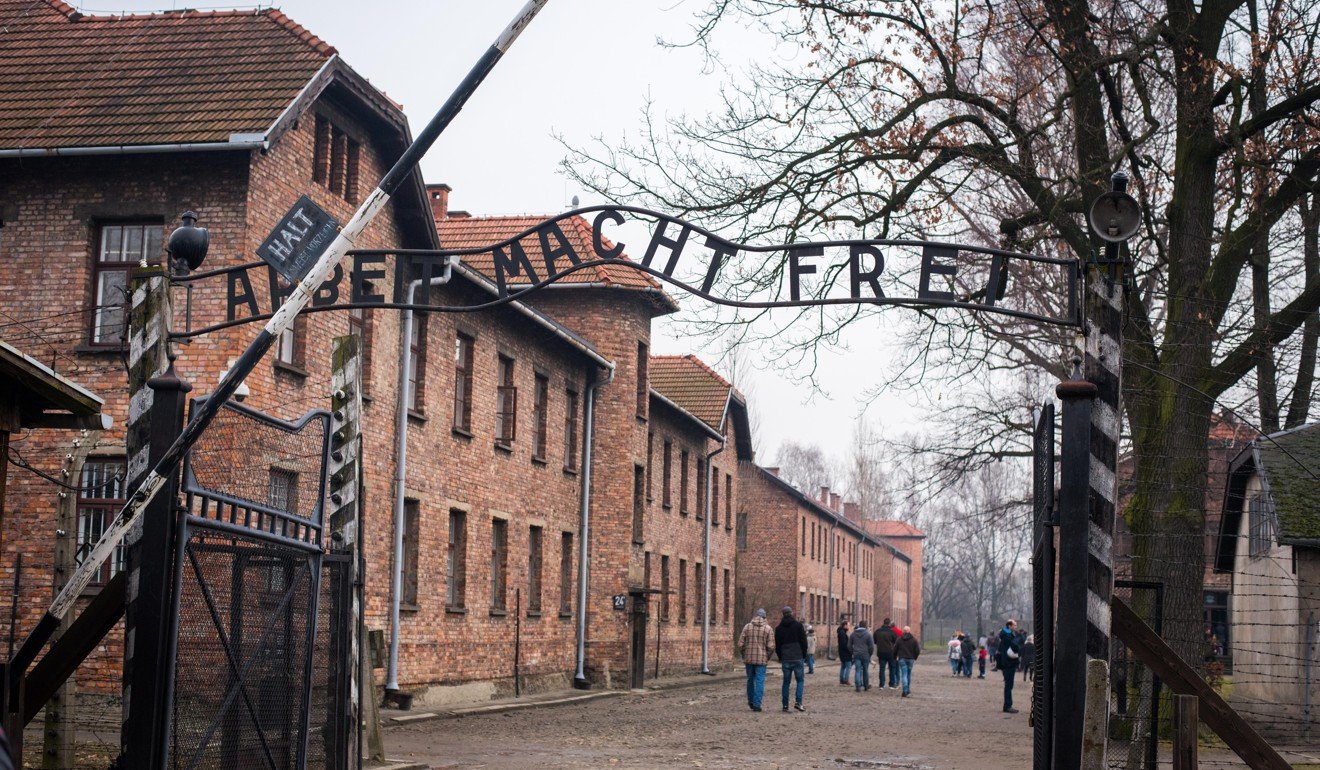
From Chernobyl to Pompeii: dark tourism and our fascination with death, evil and tragedy explained
- Millions of tourists every year visit areas around the world linked to death, disaster and atrocity
- A professor of tourism explains our need to explore the darkest moments in history
Every year, millions of tourists around the world venture to some of the unhappiest places on Earth: sites of atrocities, accidents, natural disasters or infamous death. From Auschwitz and Chernobyl to the site of the Kennedy assassination and the 9/11 Memorial in New York, visitors are making the worst parts of history a piece of their holiday, if not the entire point.
Experts call the phenomenon dark tourism, and they say it has a long tradition. Dark tourism refers to visiting places where some of the darkest events of human history have unfolded. That can include genocide, assassination, incarceration, ethnic cleansing, war or disaster – either natural or accidental. Some might associate the idea with ghost stories and scares, but those who study the practice say it’s unrelated to fear or supernatural elements.
That was in 1815, but he cites an even older example: crowds gathering to watch public hangings in London in the 16th century. Those are relatively modern compared with the bloody spectacles that unfolded in the Colosseum in Rome.

There aren’t any official statistics on how many people participate in dark tourism every year or whether that number is on the rise. An online travel guide run by an enthusiast, Dark-Tourism.com, lists almost 900 places in 112 countries.
But there’s no question the phenomenon is becoming more visible, in part thanks to the Netflix series Dark Tourist that was released last year.
Ukraine’s government has since declared its intention to make the Chernobyl Exclusion Zone an official tourist spot, despite lingering radiation.

Philip Stone, executive director of the Institute for Dark Tourism Research at the University of Central Lancashire, in England, says he sees the appetite for such destinations growing.
“I think, for political reasons or cultural reasons, we are turning to the visitor economy to remember aspects of death and dying, disaster,” he says. “There is a kind of memorial mania going on. You could call that growth in dark tourism.”
Why are tourists so enamoured with places that are, as Lennon puts it, “synonymous with the darkest periods of human history?” Academics who study the practice say it’s human nature.

“We’ve just got this cultural fascination with the darker side of history; most history is dark,” Stone says. “I think when we go to these places, we see not strangers, but often we see ourselves and perhaps what we might do in those circumstances.”
There is no one type of traveller who engages in dark tourism: It could be a history buff who takes the family on a road trip to Civil War battlefields, a backpacker who treks to the Colosseum in Rome, or a tourist who seeks out the near-abandoned areas near the site of the 2011 Fukushima Daiichi Nuclear Power Plant disaster in Japan.
Those who are most familiar with the phenomenon do not condemn it. In fact, they argue that the most meaningful dark-tourism sites can help visitors understand the present and be more thoughtful about the future.

“These are important sites that tell us a lot about what it is to be human,” says Lennon, the tourism professor. “I think they’re important places for us to reflect on and try to better understand the evil that we’re capable of.”
As more sites with dark histories become popular spots – even part of organised tour packages – experts say there is a risk that they could become exploited, used as backdrops for unseemly photos.
“It does kind of invite that passive behaviour – let’s call it that touristy behaviour – that might be out of place,” Stone says.

Bad conduct by tourists at sensitive sites– smiling selfies at concentration camps, for example – has been widely shunned on social media. The online Dark-Tourism.com travel guide cautions against such behaviour, as well as the ethically questionable “voyeurism” of visiting an ongoing or very recent tragedy to gape.
“What IS endorsed here is respectful and enlightened touristic engagement with contemporary history, and its dark sites/sides, in a sober, educational and non-sensationalist manner,” the site says.
“I’m heartened by the fact that they choose to try to understand this difficult past,” Lennon says.

